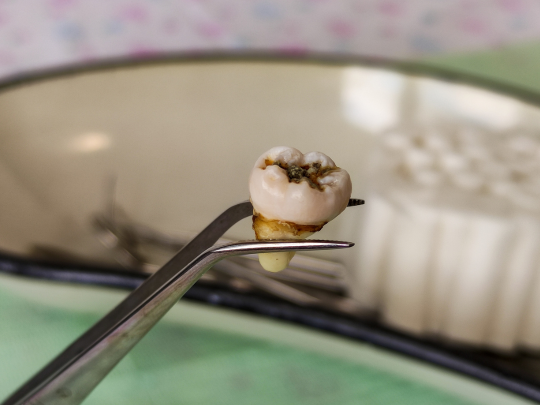Wisdom Tooth Removal is a common type of dental surgery in which the third molar teeth, or wisdom teeth, are removed. Usually, the growth of this wisdom tooth causes suffering between the ages of 17-25. Some people never have any problems with their wisdom teeth, but others have to choose Wisdom Tooth Removal because they cause pain, problems with their mouth health, or obstruction that requires removal. Understanding the steps can help you feel less stressed and get ready for a quick recovery.
Steps of Wisdom Teeth Removal
1. Consultation and Evaluation
Consultation with an oral surgeon or dentist is the initial step. During this session, your dentist will take X-rays to assess the position of your wisdom teeth and inspect your mouth. At this point, your anaesthesia options and medical history will also be reviewed.
2. Anesthesia
Before Wisdom Tooth Removal, anaesthesia is used to ensure patient comfort. Local anaesthesia works best for pain relief.
3. Tooth Exposure (If Impacted)
A little incision is made to reveal the wisdom tooth and the adjoining bone if it is lodged behind the gums or jawbone. The dentist can access the tooth for extraction due to this technique.
4. Tooth Extraction
The tooth is carefully loosened and extracted from the cavity when it has become visible. To lessen the strain on the nearby bone and gums, the tooth may occasionally be separated into smaller pieces before being extracted.
5. Cleaning and Closure
Carefully cleaning the area after removing a tooth keeps it from getting infected. There may be stitches used to close the cut, based on the case treatment.
6. Bleeding Control
To stop bleeding and encourage the formation of a clot, gauze pads are placed over the extraction site. It is essential to make sure that these clots are safe during their mend.
7. Post-Operative Care
You will be given oral hygiene recommendations following surgery. This typically consists of:
- Using prescribed medicines along with ice packs, manage swelling and pain.
- You should take care of a healthy diet, followed by soft food like mashed potatoes and bananas.
- Heal more slowly if you stay away from smoking, drinking straws, and severe physical activity.
- Rinse your mouth gently with warm salt water after 24 hours.
- After the first day, you should rinse your mouth gently with warm salt water.
Why Wisdom Tooth Removal Is Important?
Wisdom Tooth Removal is recommended by dentists if:
- Trapped impacted teeth.
- Have back-of-mouth soreness or oedema.
- Gum disease or molar cavities.
- Break teeth or develop cysts.
To avoid infections or deterioration, preventative removal may be indicated even without symptoms.
Recovery After Wisdom Tooth Removal
The entire recovery process takes one to two weeks. Most people get healed in 3-5 days after the wisdom teeth removal to take charge of their work or studies. But the toothache may also take a long time to go away. To receive the best results when treating dental discomfort, you must be aware of your dietary habits. Here, you need to keep away from the consumption of hard drinks and food.
Conclusion
Wisdom Tooth Removal is one of the important processes to provide oral comfort for self-care. You need to select an appropriate support to safely heal your oral health along with wisdom tooth removal. Your comfort and healing are guaranteed at every stage, from consultation to recovery. If you are thinking about this surgery, you should go to a reputable dental care provider like Prudential Dental Clinic. Our Dental Clinic is known for providing excellent dental care with staff that is highly skilled in dental techniques.


